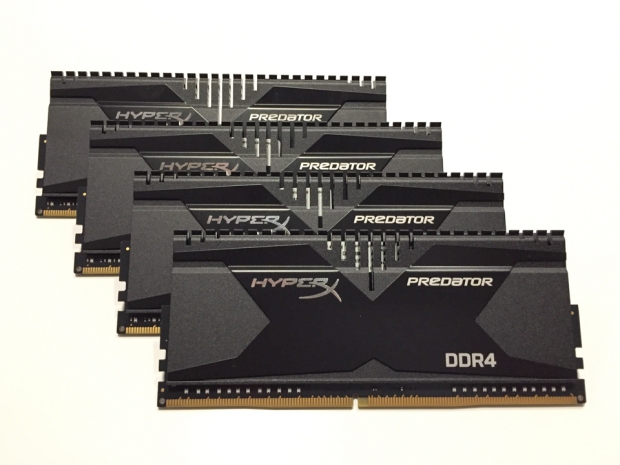Index
Conclusion
Memory manufacturers continue to charge a premium for higher clock speeds, but they are not necessarily the best value for overclocking environments. In terms of overclocking, the folks at HW-db.com discovered an almost linear dependency between stable frequency and minimum stable voltage when CAS latency remains the same. It is possible to achieve DDR4 2800MHz speeds at CL13 using just 1.32 volts. When moving up to CL14, the modules can achieve DDR4 3000MHz speeds at just 1.31 volts, making this kit an ideal choice for overclocking flexibility compared to higher-clocked 2800MHz, 3000MHz and 3200MHz kits. Those options will ideally perform at CL14 and C15 within 0.5 volts of the rated 1.35v specification, though for some reason the lower CL13 modules seem to contain a bit more headroom at a lower price. However, the kit seems to generally prefer lower timings over higher voltages when overclocking.

Source: HW-DB.com
Better overclocking value than 2800MHz and 3000MHz kits
HW-DB says the HyperX Predator DDR4 2666MHz C13 Predator kit featured some of the best-clocking DDR4 it has tested, claiming it is likely a model with one of the best CAS latency to frequency ratios in the HyperX lineup. The kit currently retails for $152.97 on HardDiskDirect.com, though it can often be found as low as $100 in open-box warehouse deals when they appear. Meanwhile, the 2800MHz variant of this kit is available for $130, the DDR4 3000MHz variant is available for $127, and the DDR4 3200MHz variant is available for $159.
Kingston’s 16GB (4 x 4GB) HyperX Predator kit (HX426C13PB2K4/16) is affordable and backed by a lifetime warranty, including free technical support. The kit’s ability to easily reach DDR4 2666MHz speeds using an XMP profile at less than the advertised 1.35 volts, along with hitting DDR4 2800MHz speeds at the same CL13 rating make this an attractive option over the company’s dedicated 2800MHz modules (HX428C14PB2K4/16) and for experimenting with lower voltages, even its DDR4 3000MHz modules (Kingston HX430C15PB2K4/16).




